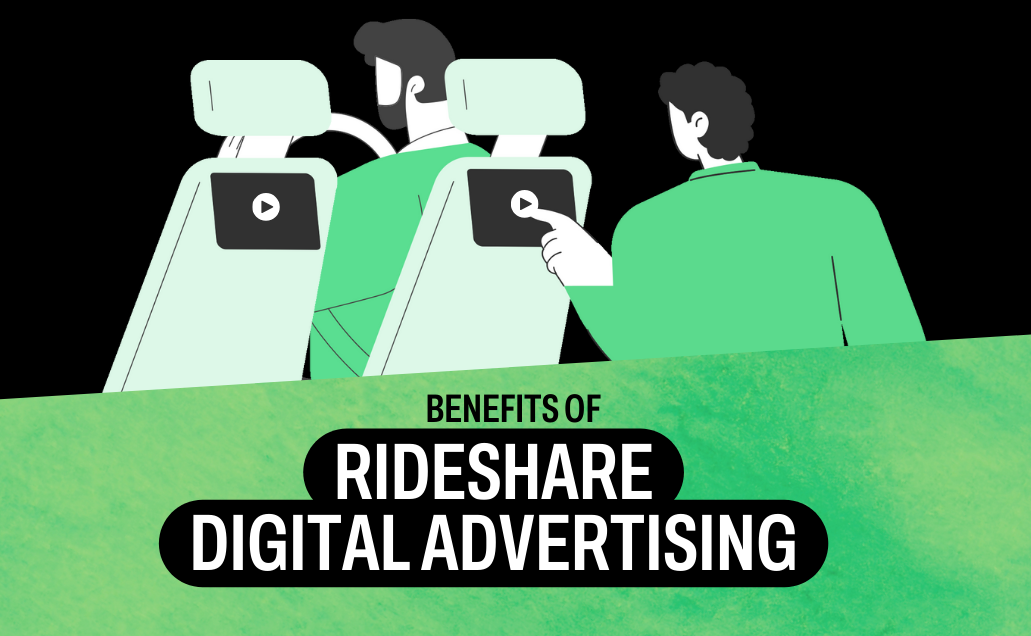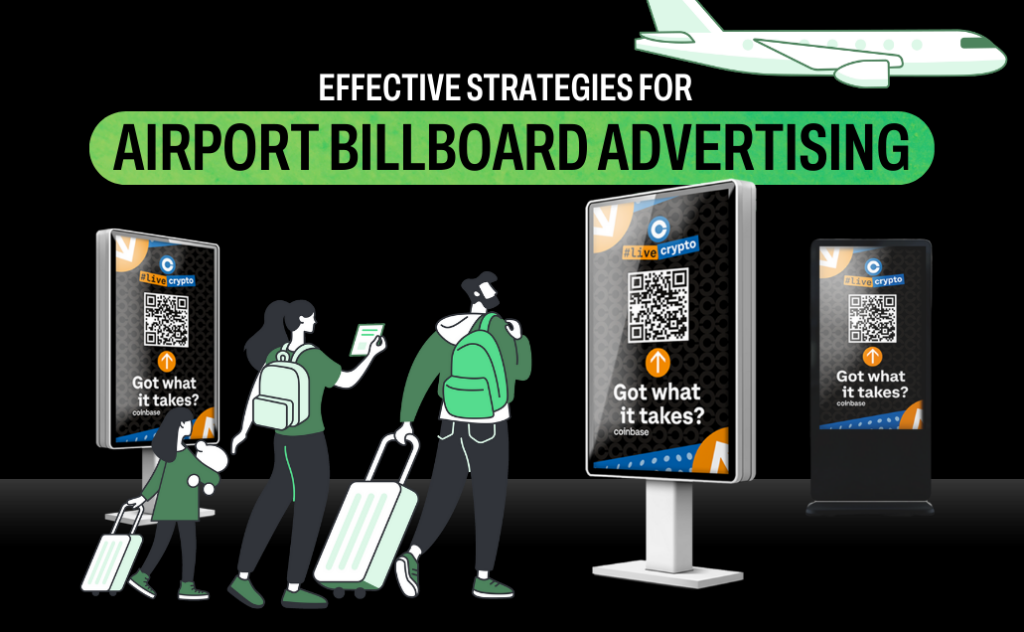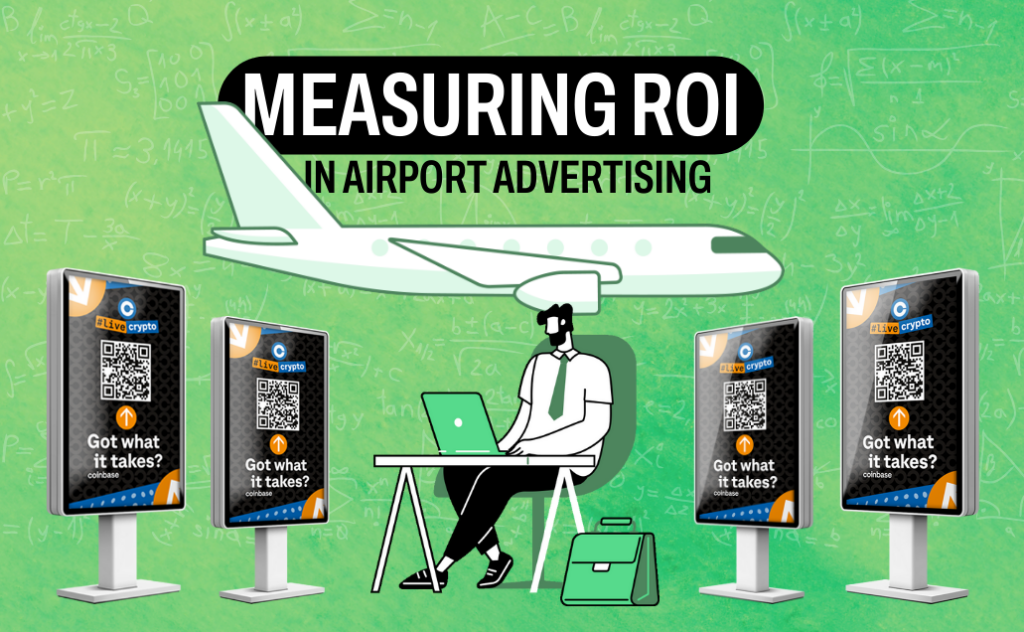The Emergence of Rideshare Digital Ads
Rideshare services have transformed how people travel within cities, providing convenience and flexibility that traditional taxi services cannot match. Alongside this transformation, in-cab digital ads have emerged as a powerful advertising tool, capitalizing on the unique environment of a rideshare vehicle to engage passengers in a highly personalized manner. As brands seek new ways to reach audiences, rideshare digital advertising offers an array of advantages that set it apart from conventional methods.
Advantages of Rideshare Digital Ads Over Traditional Advertising Methods
1. Targeted Reach and Precision
One of the most significant benefits of rideshare digital ads is the ability to achieve highly targeted reach. Unlike traditional advertising methods, which often rely on broad and less precise audience targeting, in-cab digital ads leverage extensive data collected by rideshare platforms. This data includes information on passengers’ demographics, travel patterns, and location.
With this information, advertisers can tailor their campaigns to target specific audiences with remarkable precision. For instance, a local restaurant can use rideshare digital ads to promote special offers to passengers traveling in a particular area or during specific times of day when they are more likely to be looking for dining options. This level of targeting increases the relevance of the ads, leading to higher engagement and better overall campaign performance.
2. Captive and Engaged Audience
Traditional advertising often struggles with capturing and maintaining audience attention due to the many distractions viewers face. In contrast, rideshare digital ads benefit from a captive audience who are generally focused on their surroundings during their journey. Passengers in rideshare vehicles are less likely to be distracted by other media, making them more receptive to in-cab digital ads.
The confined space of a rideshare vehicle creates an environment where passengers are more likely to engage with the content presented on in-cab screens. This captive setting enhances the effectiveness of the advertising message, ensuring that it is seen and considered by a highly engaged audience.
3. Enhanced Interaction and Engagement
Rideshare digital ads offer opportunities for interactive and dynamic content that traditional advertising methods cannot provide. Modern digital display technology allows for interactive features, such as touchscreens, QR codes, and real-time offers. These interactive elements encourage passengers to engage with the ad content directly, whether by participating in surveys, accessing special promotions, or exploring additional information.
For example, a rideshare ad could include a QR code that passengers can scan to receive a discount at a nearby store or a link to a video that provides more details about a product. This level of interaction not only captures attention but also creates a direct connection between the ad and the passenger, leading to higher engagement and potentially increased conversions.
4. Real-Time and Dynamic Content
One of the standout features of rideshare digital ads is their ability to deliver real-time and dynamic content. Unlike static traditional ads, which remain unchanged for the duration of their placement, in-cab digital ads can be updated in real-time to reflect current events, promotions, or changes in the local environment.
For instance, if a major event or sale is happening in the city, advertisers can quickly adjust their ad content to promote relevant offers or information. This flexibility ensures that ads remain timely and relevant, maximizing their impact and effectiveness. Real-time updates also allow brands to respond to changing conditions and optimize their advertising strategy on the fly.
5. Cost-Effectiveness and Measurable ROI
While traditional advertising methods can be costly and often lack clear performance metrics, rideshare digital ads offer a cost-effective alternative with measurable ROI. The ability to track performance metrics such as impressions, engagement rates, and conversion rates provides valuable insights into the effectiveness of the campaign.
Digital advertising platforms used in rideshare services typically come equipped with advanced analytics tools that allow brands to monitor their campaigns’ performance in real-time. This data-driven approach enables advertisers to assess the return on investment (ROI) accurately and make informed decisions about optimizing their campaigns. By understanding how well their ads are performing, brands can adjust their strategies to maximize their advertising spend and achieve better results.
6. High Visibility and Brand Recall
The unique environment of a rideshare vehicle contributes to high visibility and improved brand recall. Passengers spend a significant amount of time in transit, providing ample opportunity for brands to make a lasting impression. The combination of high-quality digital screens and engaging content ensures that ads are prominently displayed and easily remembered.
Additionally, the personal nature of rideshare travel means that passengers are likely to have a more focused and individualized experience with the ads they encounter. This personal connection enhances brand recall, increasing the likelihood that passengers will remember the brand and take action after their ride.
Best Practices for Rideshare Digital Advertising
To maximize the benefits of rideshare digital ads, brands should consider the following best practices:
- Leverage Data Insights: Use the data provided by rideshare platforms to tailor your ads to specific audience segments. Analyze passenger demographics and travel patterns to create targeted and relevant content.
- Create Engaging Content: Develop visually compelling and interactive ad content that captures passengers’ attention. Use high-quality visuals, engaging videos, and interactive features to enhance the ad experience.
- Monitor and Optimize: Continuously track the performance of your rideshare digital ads and make data-driven adjustments as needed. Monitor key metrics such as engagement rates and conversion rates to optimize your campaigns for better results.
- Ensure Relevance and Timeliness: Take advantage of real-time content updates to keep your ads relevant and timely. Respond to current events, local promotions, or changes in the environment to maximize the impact of your ads.
Conclusion
Rideshare digital ads offer a range of benefits that set them apart from traditional advertising methods. With their ability to deliver targeted reach, engage a captive audience, provide interactive content, and offer real-time updates, in-cab digital ads represent a powerful and innovative platform for modern advertising. By leveraging these advantages and implementing best practices, brands can effectively connect with consumers in a unique and impactful way, driving engagement and achieving measurable results. As the rideshare industry continues to grow, embracing digital advertising within these platforms provides a valuable opportunity to stay ahead of the curve and make a lasting impression on a highly receptive audience.




